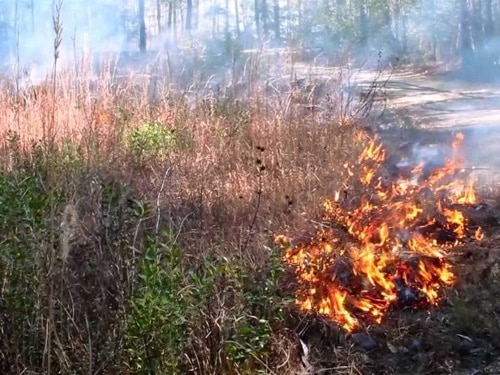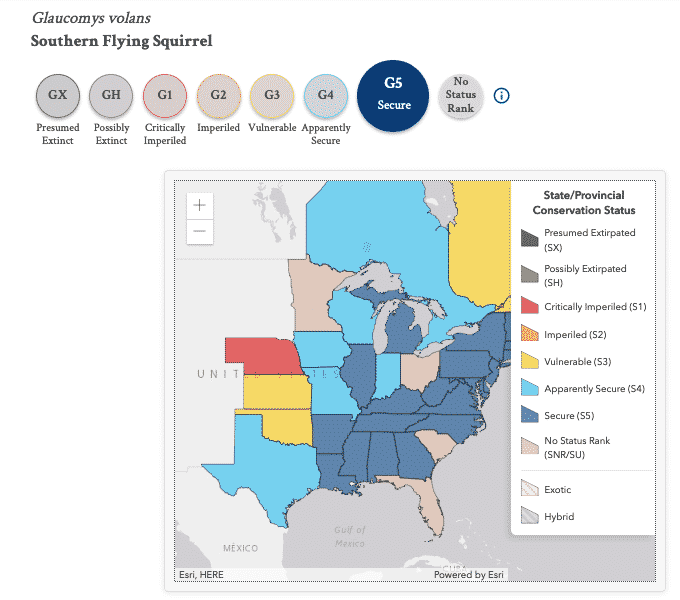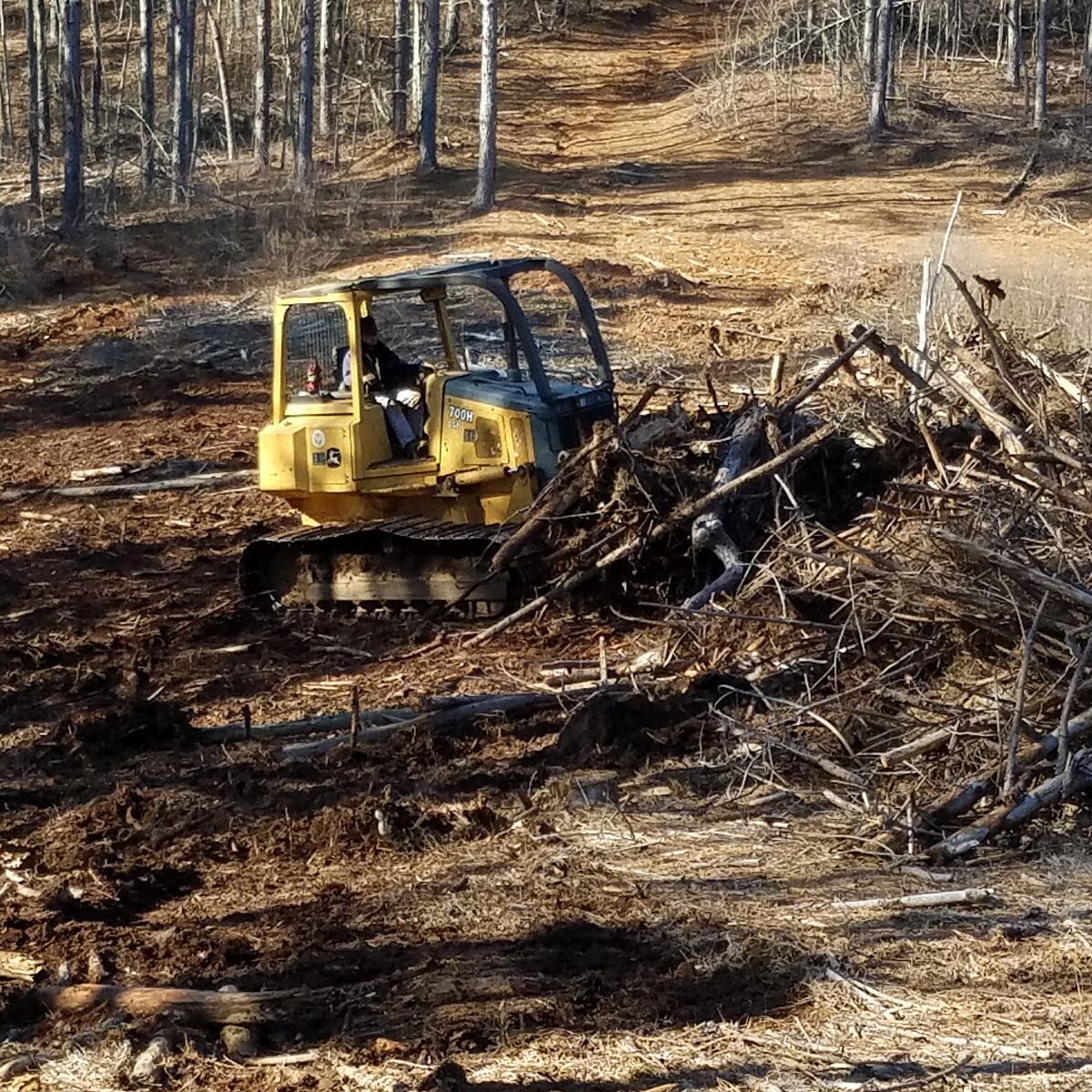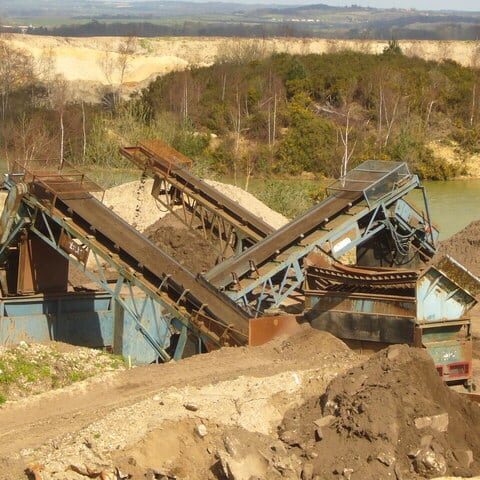Southern Flying Squirrel
Glaucomys volans
Status: Secure
Although their name sounds really cool, the Southern Flying Squirrels do not actually fly. The movement that this species performs is considered a “glide.” A thin piece of loose skin between their wrist and ankles acts as a parachute and a flat tail helps them glide from high branches to low branches. The southern flying squirrels are pretty small, weighing close to 2.5 ounces and about 8-10 inches in length. They are not often seen throughout the day because they are nocturnal ( active during the nighttime).


Habitat & Range
The southern flying squirrels are found in North America in the eastern parts of the United States and in southeastern Canada. Though they are found in mixed forests, this species is not limited to one type of forest. They can be found in poplar, beech-maple, and oak hickory forests. The southern flying squirrels can make their homes inside woodpecker holes, nests, and sometimes in the colder seasons they may nest together with other squirrels to keep warm.
Food Web & Energy Flow
The southern flying squirrels are omnivores (eat both plants and animals) and they are often considered the most carnivorous of their family since they eat birds, eggs, and even rotting flesh. As an opportunistic forager, their diet may also depend on what is available to them.
Southern flying squirrels are secondary consumers and their main predators are bobcats, raccoons, owls, snakes, and even domestic cats. With their greyish brown fur they can camouflage against trees to help them avoid many predators.
Relationship to Fire
Since their diet consists of primary producers (make their own energy) and primary consumers, they rely on frequent fires on the forest floor to help keep the plants growing. The fires help clear space and provide adequate sunlight to the forest floor.

Conservation Status
Southern flying squirrels are considered Secure and are found in abundance in different areas across North America. Although there are no major threats to the species, some minor human disturbance to their habitat has caused some of them to move to other areas.

Human Impacts/ Threats

Land Use Conversion
Longleaf forests and the habitat it supports is being cleared or converted to use the land for other uses like houses, roads, agriculture, and even to grow different types of trees to sell.

Mining
In areas of this species' range, people have found gravel deposits that requires mining to collect and sell. Mining affects groundwater levels, which can harm bog habitats.
Resources
Humane Society. Wildlife land Trust
Animal Diversity Web. Southern flying squirrel
National Wildlife Federation. Flying Squirrels
Nebraska Game Parks. Outdoor Nebraska
